
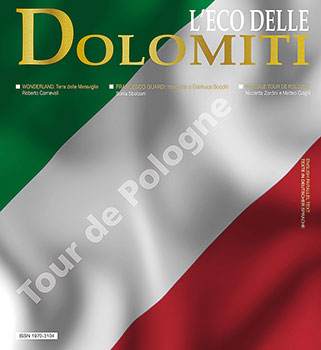
The invisible Altai Mountains
Nicolas Boldyc
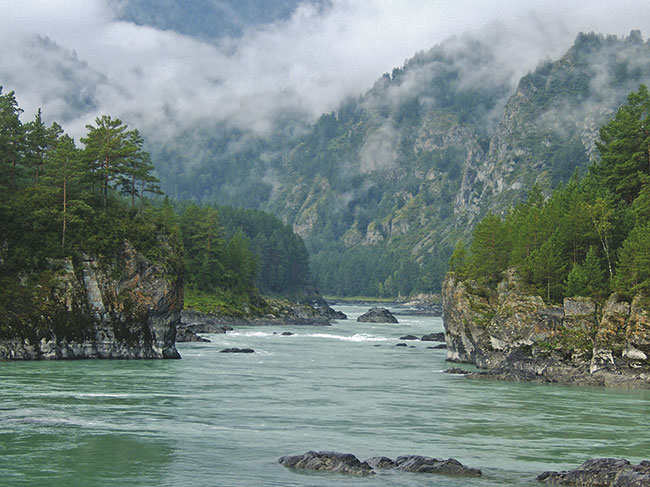
According to the geographer Tatitchev, the ancient Ural Mountains represent the barrier between Europe and Asia, and the Caucasus marks a sharp border between the Russian steppe and the Middle East. These are two mountain ranges that, in fact, are the expression of a diverse symbolism. However, at 4000 km from the first shore of a sea hidden in the centre of the Eurasian continent, the Altai is an invisible mountain, little-known, with a history yet to be written. Difficult to access with the imagination alone, too thin to be shown on a map, yet a fundamental pillar of the “world continent” which is Eurasia. The Altai mountain chain stands in fact at the convergence of four national territories: Russia, Mongolia, Kazakhstan and China.
The name Altai comes from two Turkic words: Al, gold, and Dag, mountain; the golden mountain. The name seems to be coined ad hoc to express the slowness of a maturation process that, the moment in which it emerges, rouses surprise and wonder.
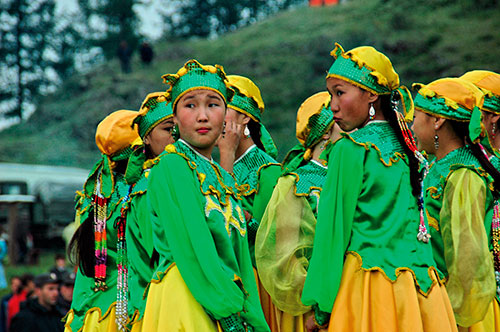
The maturation phase
And surprise there was at the discovery of gold, which took place at the beginning of the nineteenth century in the province of Rudny Altai, the metal-bearing Altai, where even the scholar Wilhelm von Humboldt went for the occasion.
However, the traces left by man turned out to be far more valuable and enduring. Characterized by the dual element of isolation and cold (glaciers and climate typical of the areas of permafrost), the Golden Mountains are a place where the works and the bodies of ancestors are preserved better and longer than elsewhere.
A century after the discovery of gold, they are the tattooed bodies (with embroidery needles) of the Scythian chiefs and the gold artefacts that emerge from the ice, on the steppe plateau of Ukok. Thus the Kurgan culture came to light, with its burial mounds in which the Scythian chiefs were buried. In the 90s the “girl of the ice”, the mummy of a woman, in turn emerges from an ancient past.
The Altai produces an echo of the deep rhythms of the steppe mentioned by the historian Lev Gumilev: glaciation and melting ice, advancing and retreat of the steppe, genesis, disappearance, passage of nomadic peoples such as the Scythians, Sarmatians, Turks, Mongols, Kalmyks...
Island and ecosystem
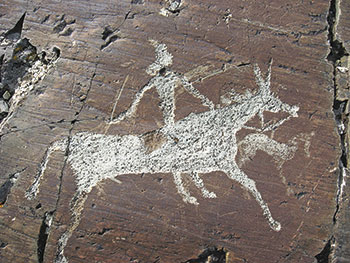 Nevertheless, if it's true that the Altai hides the bodies of ancestors, it is equally true that it represents an exceptional ecosystem of life, fauna and flora. Between steppe, desert and taiga, the Golden Mountains act as a natural island, on which shores are ideally breaking the hot or cold waves of the Eurasian ocean.
Nevertheless, if it's true that the Altai hides the bodies of ancestors, it is equally true that it represents an exceptional ecosystem of life, fauna and flora. Between steppe, desert and taiga, the Golden Mountains act as a natural island, on which shores are ideally breaking the hot or cold waves of the Eurasian ocean.
It is as if, over the millennia, plants and animals of the surrounding lands had found refuge in these mountains, which different altitudes (peneplains, medium and high mountains) have enabled the development of more interconnected ecosystems. And then here is the perfect environment for the Saylyugem brown bear, the untameable Pallas's cat, the argali (wild sheep), the bearded vulture or even the emblematic and much sought after snow leopard.
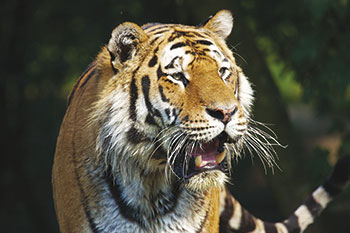
The Altai Republic
The bearded vulture and the snow leopard seem to merge in the image of the griffin - The guardian of gold in Greek mythology - that adorns the coat of arms of the Altai Republic. Spread over an area of about a quarter of France, the Republic, founded in 1922, reflects in every way the Altai, which constitutes most of the territory, being a true epitome of landscapes, an island, an ecosystem.
That's why three zones (zapovedniks) of the area, grouped under the name “Golden Mountains of Altai”, were classified World Heritage by UNESCO: the Ukok region, a silent plateau crossed by many rivers, the region of the mighty Katun river and Mount Belukha and finally the vast region characterized by taiga, steppe and glaciers surrounding Lake Teletsckoye.

Many foreigners are surprised to find an alpine environment in these regions: parterre of flowers, crossed by impetuous rivers, stiff alpine steppe, cirque glaciers, snow-capped peaks. Moreover, the heights of the peaks, mostly between two thousand to four thousand meters, only serve to increase the wonder. It is, however, a best preserved high mountain, slower as not “mechanized”, where the horses of the nomadic herders of the Altai ethnic group still replace cars.
In reality, the Republic is far from being isolated, since the capital Gorno-Altaysk is located just 100 km from the Trans-Siberian Railway route and that the Chuyski Trakt, a great arterial road starting from Novosibirsk, runs through it from north to south to connect to the important Asian routes.
Those coming from Novosibirsk, Moscow or Chinese Turkestan will certainly have to take a break to catch their breath, just like the ancient nomads, at the foot of these really invisible mountains.